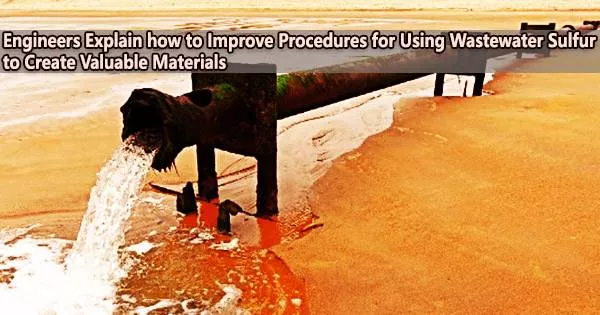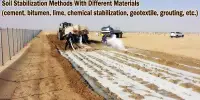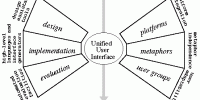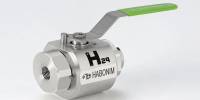Sulfur in wastewater can be transformed into valuable materials through a process known as sulfur recovery or sulfur recycling. This process involves the removal of sulfur compounds from the wastewater and the conversion of the sulfur into useful materials such as sulfuric acid, elemental sulfur, or fertilizers.
One person’s wastewater is another person’s treasure. A recent study from Stanford University lays the path for the mining of sewage for precious components used in batteries and fertilizers that eventually may power smartphones and airplanes.
The analysis, which was just published in ACS ES&T Engineering, shows how to improve electrical processes for converting sulfur pollution and may pave the way for a cost-effective, renewable energy-powered wastewater treatment system that produces potable water.
“We are always looking for ways to close the loop on chemical manufacturing processes,” said study senior author Will Tarpeh, an assistant professor of chemical engineering at Stanford. “Sulfur is a key elemental cycle with room for improvements in efficiently converting sulfur pollutants into products like fertilizer and battery components.”
A better solution
The focus on creating technology that turn wastewater into drinkable water has increased since fresh water supplies, particularly in dry countries, are becoming more scarce. Because they require so little energy, membrane technologies that filter wastewater in anaerobic or oxygen-free settings are particularly promising.
However, this process creates sulfide, which can be poisonous, corrosive, and odorous. Chemical oxidation or the employment of certain chemicals to turn the sulfur into separable particles are two solutions to the issue, but they can produce byproducts and trigger chemical reactions that erode pipes and make it more difficult to disinfect the water.
Sulfur is a key elemental cycle with room for improvements in efficiently converting sulfur pollutants into products like fertilizer and battery components.
Professor Will Tarpeh
The conversion of sulfide to compounds used in fertilizer and cathode material for lithium-sulfur batteries offers a tantalizing alternative for dealing with the sulfide output from anaerobic filtration, but the mechanics for doing so are currently poorly understood. As a result, Tarpeh and his colleagues set out to develop a practical strategy with no chemical consequences.
Focusing on electrochemical sulfur oxidation, which has a minimal energy input and allows for precise control of the final sulfur compounds, the researchers looked at this process. (Whereas some products, such as elemental sulfur, can deposit on electrodes and slow down chemical reactions, others, like sulfate, can be easily captured and reused.) If it worked well, the procedure might be modified to clean wastewater gathered from particular structures or entire cities and run on renewable energy.
The researchers evaluated the speeds of each phase of electrochemical sulfur oxidation as well as the kinds and amounts of products generated by making unique use of scanning electrochemical microscopy, a method that enables microscopic images of electrode surfaces while reactors are operating.
They identified the main chemical obstacles to sulfur recovery, such as electrode fouling and the most difficult-to-convert intermediates. Among other things, they discovered that altering operating factors, such the reactor voltage, could make low-energy sulfur recovery from wastewater easier.
The trade-offs between energy efficiency, sulfide removal, sulfate formation, and time were made clearer by these and other observations. Together, they provided a foundation for the development of electrochemical sulfide oxidation systems in the future that balance energy input, pollution removal, and resource recovery.
In the future, it may also be possible to combine the sulfur recovery technology with other methods, such as the recovery of nitrogen from sewage to create fertilizer made of ammonium sulfate.
The Codiga Resource Recovery Center, a pilot-scale treatment plant on Stanford’s campus, will likely play a large role in accelerating future design and implementation of these approaches.
“Hopefully, this study will help accelerate adoption of technology that mitigates pollution, recovers valuable resources and creates potable water all at the same time,” said study lead author Xiaohan Shao, a PhD student in civil and environmental engineering at Stanford.
Tarpeh is also an assistant professor (by courtesy) of civil and environmental engineering, a center fellow (by courtesy) of the Stanford Woods Institute for the Environment, an affiliated scholar with Stanford’s Program on Water, Health and Development, and a member of Stanford Bio-X.
Additional author Sydney Johnson was an undergraduate student in chemical engineering at Stanford at the time of the research.
















